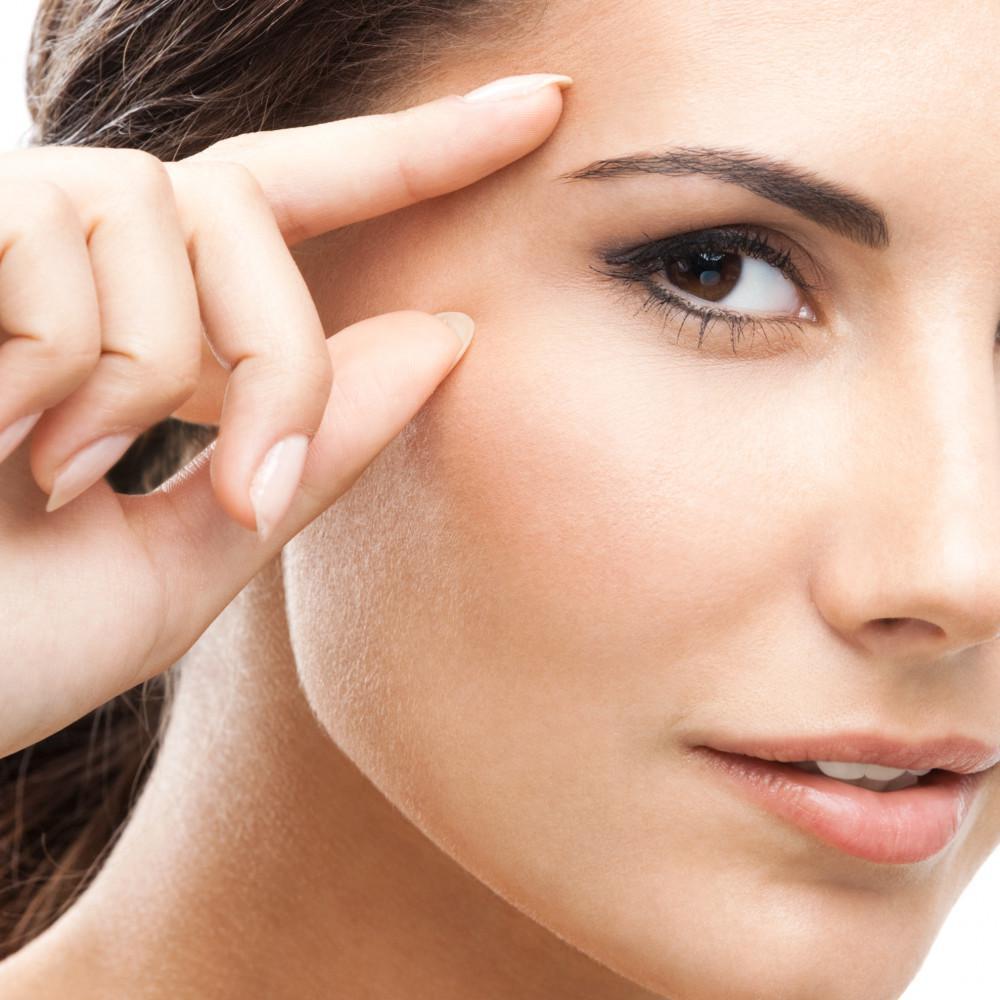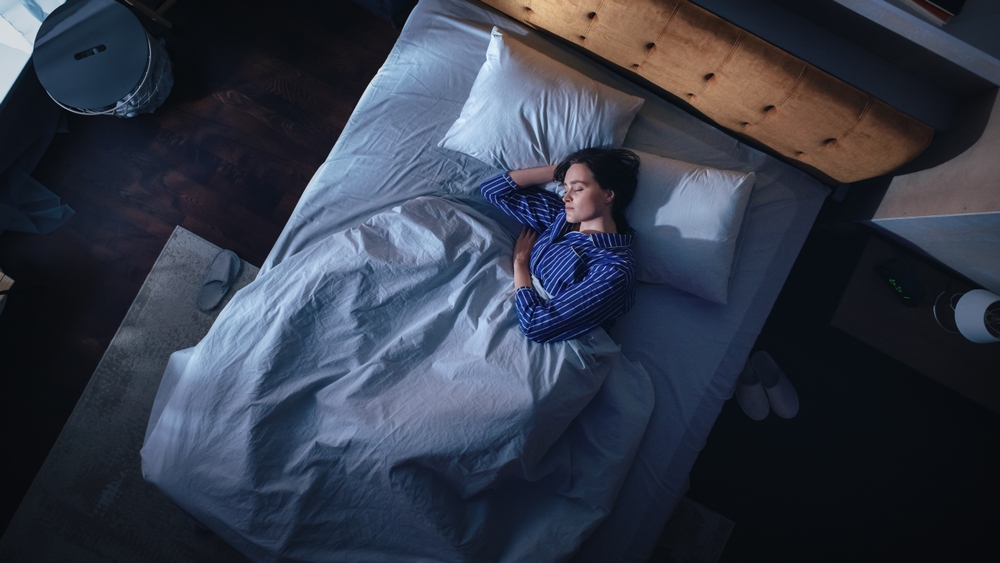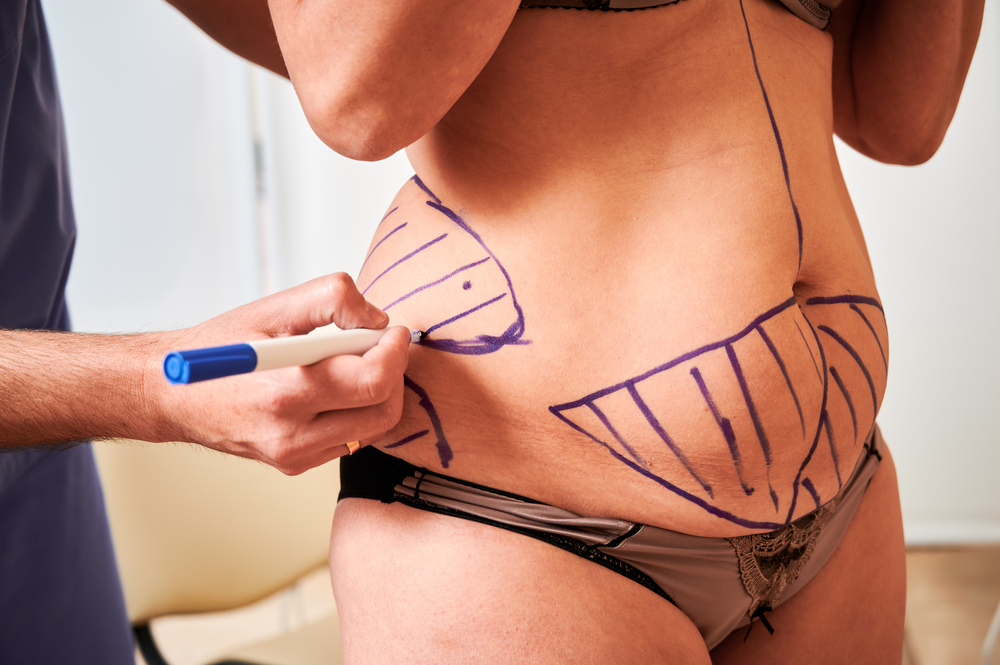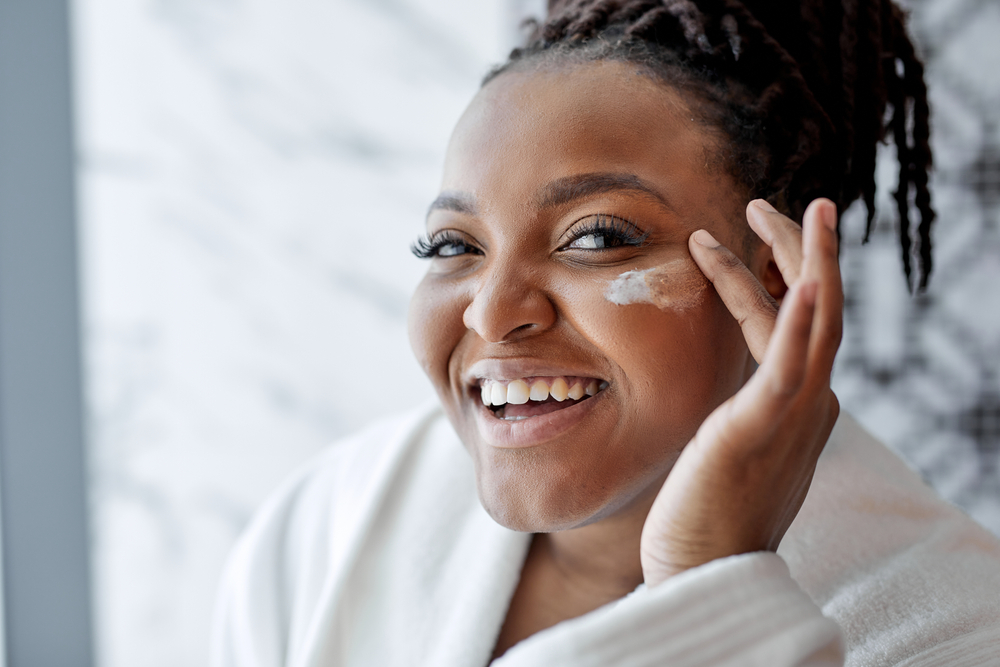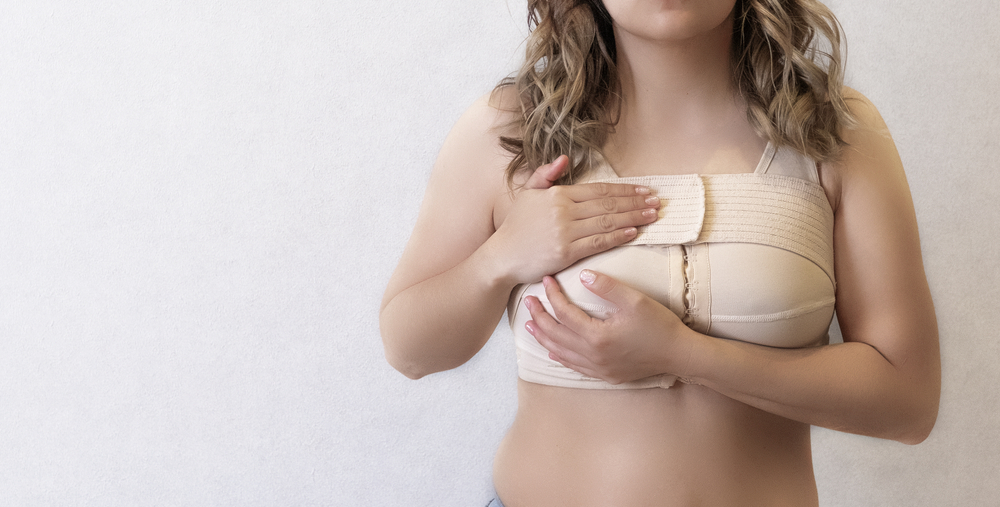 Treatments come, and treatments go, but when it comes to BOTOX®, it’s one treatment that’s here to stay. Compared to some treatments that tend to “flatline” or even decline in popularity after a few years, the number of BOTOX treatments continues to rise each year. And unlike treatments that tend to be the most popular among older women and men, BOTOX has found a huge following among millennials who use BOTOX treatments, not just to relax existing fine lines, but to help prevent future lines and wrinkles from forming.
Treatments come, and treatments go, but when it comes to BOTOX®, it’s one treatment that’s here to stay. Compared to some treatments that tend to “flatline” or even decline in popularity after a few years, the number of BOTOX treatments continues to rise each year. And unlike treatments that tend to be the most popular among older women and men, BOTOX has found a huge following among millennials who use BOTOX treatments, not just to relax existing fine lines, but to help prevent future lines and wrinkles from forming.Table of Contents
ToggleWhat Is Botox?
Botox was the first botulinum neurotoxin to be approved by the FDA for cosmetic purposes, but there are other brands. These “Botox-type” injections include:
- Daxxify
- Dysport
- Jeuveau
- Xeomin
All of these brands have something in common, they all have the same active ingredient called “botulinum toxin type A.” All of these help treat wrinkles and fine lines, but they can differ as it pertains to the dose you need, the formulation used, or how much it moves from the injection point. If you’re not sure which would be best for you, your cosmetic surgeon can help you choose the best option depending on the specific goals you’re trying to achieve.
What Does Botox Treatments Help With?
Botox is mainly used to treat dynamic wrinkles, which are those that form due to facial movements when you make expressions, such as frowning, smiling, and squinting. It won’t help with wrinkles caused by sun damage or gravity. It’s used most often to reduce the appearance of fine lines and wrinkles on your face, such as:
- Wrinkles surrounding your eyes, especially crow’s feet
- Forehead creases or furrows
- Glabellar lines between your eyebrows; also called elevens or frown lines
- Thick bands around your neck
- Wrinkles at the corners of your mouth; also called marionette lines
- Nasal/nasalis wrinkles on both sides of your nose; also called bunny lines
- Nasolabial folds, also called smile lines or laugh lines, that run from your nose to the corners of your mouth
- Wrinkles and dimples on your chin that create a “cobblestoned” appearance
There are a few reasons why BOTOX injections are still the most popular of all non-surgical cosmetic treatments in the United States…One major reason: results.
Botox is an increasingly popular procedure; recent data collection shows that over 6.2 million Botox treatments were administered in 2021, making it the most popular non-surgical treatment on the market. This is a dramatic increase from the year 2000, which reported less than 800,000 Botox procedures. (Source: Statista)
Nonsurgical procedures have considerably outrun surgical procedures. In 2022, just over 7.3 million procedures involved toxins and fillers in the United States. (Source: Statista)
Outside of having cosmetic surgery, BOTOX is pretty much the most effective way to reduce the appearance of crow’s feet and frown lines (those pesky lines between your eyebrows). Both crow’s feet and frown lines are dynamic wrinkles, which means they form as a result of repeated facial movements and expressions. Since these wrinkles are in areas where there’s a lot of movement, fillers are ineffective in providing any type of long-term results. But BOTOX works because it stops the muscles from forming lines and wrinkles in the first place.
Normally, when you smile or frown, your brain tells your muscles to contract to form the expression. And when your muscles contract, they tug on your skin. That tugging is what forms the lines and wrinkles that show up when you smile (or frown). When you’re younger, the lines and wrinkles disappear when you stop smiling or frowning. But over time, all those repeated movements start to etch the lines into your skin, making them visible even when you’re not making an expression.
BOTOX works by blocking the nerve signals between specific areas of muscle tissue and your brain. When the signals are blocked, the muscles aren’t “told” to contract. And that means lines and wrinkles can’t form. Since dynamic wrinkles are caused by repeated muscle contractions, having regular injections could prevent future wrinkles from forming. Some patients also find having regular injections allows them to wait longer between treatment sessions.
Yes, the treatment does use needles, and you’d think that might make it less popular. But those needles are very, very fine — much finer than the needles used in vaccinations, for example — and that means BOTOX treatment is a lot more comfortable than you might expect (another reason it’s so popular).
Before And After Botox
Inform your doctor about all medications and supplements you are currently taking. Additionally, avoid consuming alcohol for at least 24 hours before your injections. If you are using anticoagulants (like warfarin) or nonsteroidal anti-inflammatory drugs (NSAIDs), you may have a higher risk of bleeding and bruising at the injection site.
Getting Your Botox Injections
During the procedure, your doctor will use a fine needle to administer a small amount of Botox into the targeted skin and muscles. The number of injections will vary based on the specific areas being treated.
If you’re concerned about discomfort or are getting multiple areas treated simultaneously, consider asking your doctor to numb your skin beforehand using a numbing cream, ice, or massage.
Typically, you can resume your regular activities right after the treatment, with only a few minor restrictions.
After Your Botox Injections
Avoid lying down for 3-4 hours following your injection, and refrain from rubbing or massaging the treated area for at least 24 hours to ensure the medication stays in place.
You may start noticing skin improvements within 1-7 days, but it can take up to 7-14 days to see the full results.
Convenient, Predictable, and Safe
The next major reason why BOTOX is popular year after year is that it’s convenient. It takes less than a half-hour to treat both your crow’s feet and your brow lines, plus there’s no downtime. Outside of a little redness (or, sometimes, some very minor bruising that can be covered with makeup), there’s no way to tell you’ve had treatment. No bandages, no sutures, no scars — no one’s the wiser.
BOTOX has been used cosmetically for about 25 years now, and before that, it was used medically to treat eye and muscle conditions. That means it’s got a long and well-established safety profile, plus the injection techniques and technology have been honed and optimized. That long record also means the results you get from a BOTOX treatment are very predictable compared to many other treatments. Plus, BOTOX can be combined with other treatments, including fillers, so you can have all your lines and wrinkles treated without resorting to surgery.
And finally, there’s one more big reason why BOTOX’s popularity has remained so strong all these years: It’s affordable. It’s one of the most affordable non-surgical cosmetic treatments you can have, and considering the results it can provide, especially when treatments are repeated over time — you might say it’s a lot of bang for your buck.
Ready to learn more?
At Providence Plastic Surgery, we offer Botox treatments in Charlotte, N.C. Our botox treatments are tailored to each person’s treatment objectives for results that look natural and beautiful. To find out more about BOTOX or to schedule a treatment, book an appointment today.





